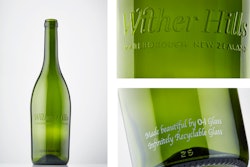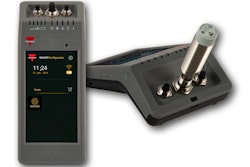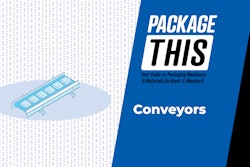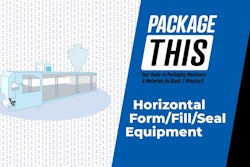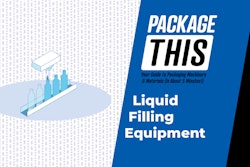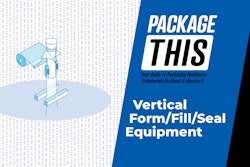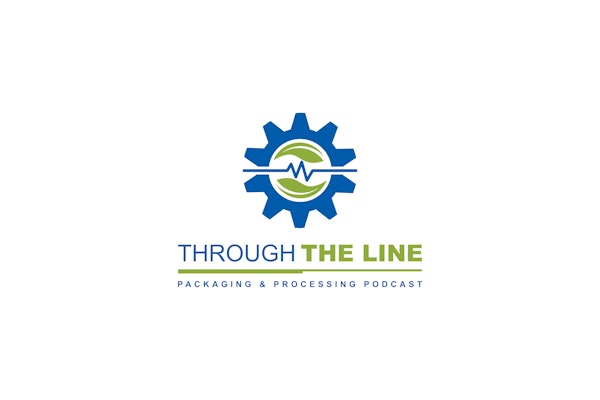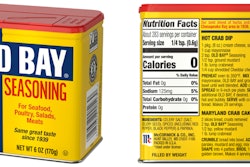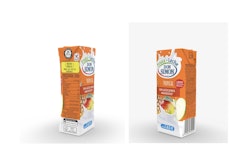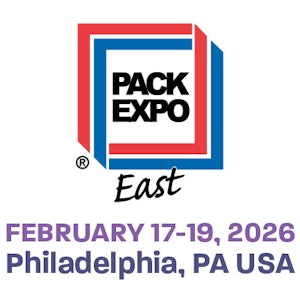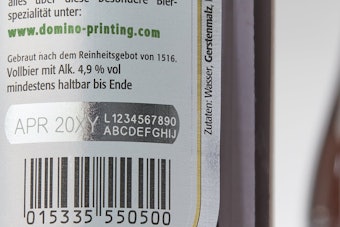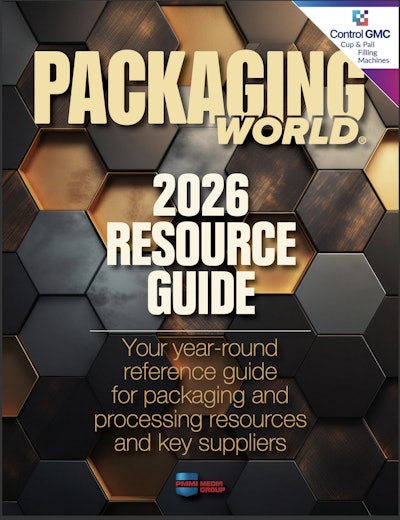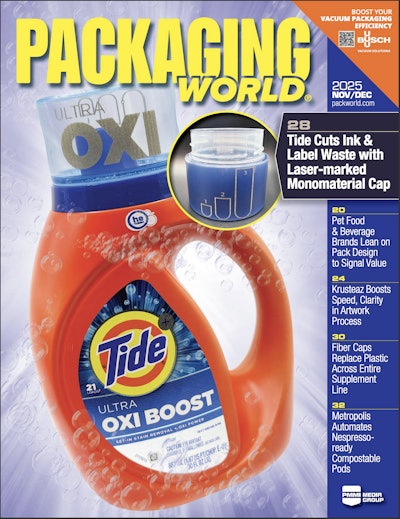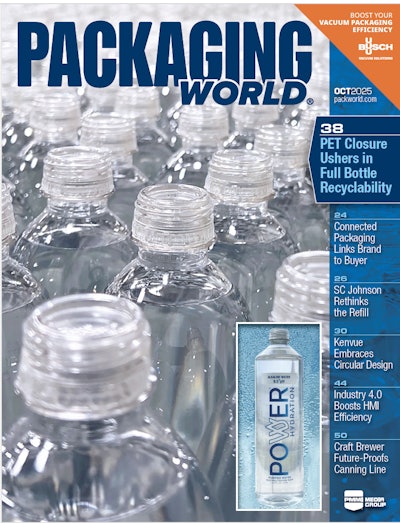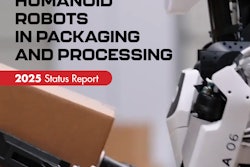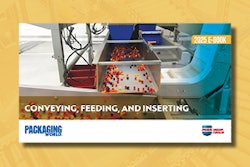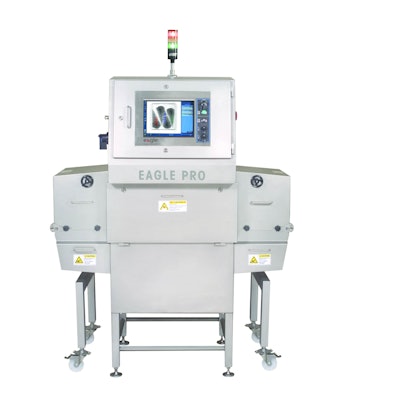
Eagle Product Inspection—which focuses on providing inspection solution across a range of processes, products, and packages—says that as demand for ready meals grows, so do expectations about the safety and quality of those meals. With a variety of meal components and ingredients, manufacturers in this sector have a number of control points to manage throughout their process. From incoming ingredients to final and often multi-compartment packages, manufacturers must also ensure that their operation is compliant with a number of regulatory standards that affect their business.
X-ray technology and software is designed so that it can be deployed at several points in the manufacturing process to prevent product contamination and ensure quality while enabling manufacturers to adhere to global, national, and local standards, as well as pass any required or voluntary audits, according to the company. “Especially with increased globalization, manufacturers must remain cognizant of and adhere to more standards than ever,” says Travis Vaughn, lead trainer and radiation safety officer for Eagle Product Inspection. “The good news is that x-ray systems are preventive and provide documentation, verification, and traceability, which are fundamental to many of these standards.”
One of Eagle’s examples of an inspection system that is designed to provide safety and quality checks for compliance with food safety practice and protocols is the Eagle Pack 320 PRO. Designed to inspect products on high-speed flow-wrap lines and small to mid-sized packages, the Pack 320 PRO is created to find and reject a range of contaminants in ready meals, including glass shards, metal fragments, mineral stone, some plastic and rubber compounds, and calcified bones. The machine is also meant to conduct inline product quality checks pivotal to the production of ready meals, such as component count, zonal area weight, and total mass measurement. The system is powered by Eagle's proprietary SimulTask PRO software that is designed to help ensure compliance with HACCP principles and other global safety regulations through on-screen diagnostics, advanced image analysis, and traceability.
The company also offers a resource, Food Safety and Quality Regulations: A Guide to Global Standards, which is a guide meant to explain and compare several industry-relevant food safety standards.



